Australia’s Adelaide: A Lesson for Urban Centers Facing the Global Water Crisis
Australia’s fifth-largest city, Adelaide, could see its 1.3 million inhabitants relying more and more on bottled water over the next year, according to local politicians. Mounting consequences of climate change and sluggish national political action have led to high salinity levels and depletion of wildlife along the River Murray.
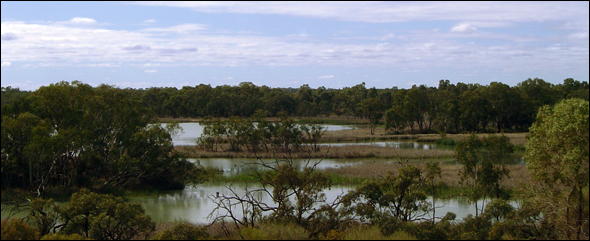
Some senators in the South Australia province have predicted that the city will be forced to import water and completely depend on bottled water, The Guardian reported two weeks ago.
Ironically these reports from Adelaide came just days after fellow Australian city, Bundanoon, located on the eastern coast of the New South Wales province, put a ban on bottled water.
“It’s a city of more than 1 million people that gets 70 percent of its water on average from the River Murray, but the Murray-Darling basin has been on decline for decades” said James Pittock, a PhD scholar in Integrating management of rivers and climate change at Australian National University (ANU). Pittock was on holiday along the Murray-Darling Basin when CoB caught up with him over the phone.
And while Pittock doesn’t think the city will have to resort to bottle-only water consumption and use, he does think that, “substantive action is required.”
Salinity levels have reached 1,200 EC in the Murray River, which is 400 EC above the World Health Organization’s acceptable drinking level, the Guardian reported.
In March CoB’s Keith Schneider The Biggest Dry reported that, “Over the past decade there has been so little water left in the lower sections of the Murray-Darling river system that for every four out of ten days, the Murray River doesn’t even have enough flow to reach its mouth in the Great Southern Ocean south of Adelaide.” According to Pittock the situation changes by the month.
But saving the Murray River, isn’t just a matter of man versus nature, Pittock added. Political battles between conservative and liberal national authorities as well as amongst cities along the upper and lower sections of the river in Australia are impeding the much-needed national policy changes.
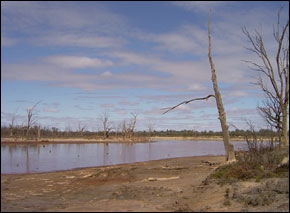
“The water will only get to here in, South Australia if there is a political agreement at the national scale,” he said.
Meanwhile, local organizations, like the city council of nearby Port Adelaide, have developed efficiency management plans to prepare for further national action.
International examples of water conservation in major cities are also being taken into consideration, Pittock said.
“The urban centers can learn a lot from each other about the most effective techniques. In Australia, a lot of scientists are looking to Singapore’s storm harvesting and treatment water system and considering something similar,” Pittock said, adding that Brisbane’s, a fellow Aussie city, water recycling plant is another good example.
“There are real options that we can learn from each other.”
For more on the water crisis in Australia check out CoB’s The Biggest Dry. And make sure to check out the results from our Idea Central.

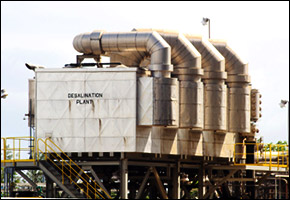
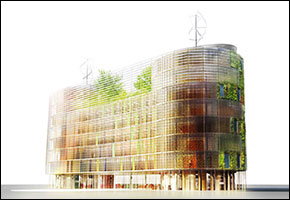

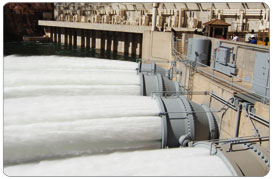




I have to sympathise from a dry South Africa. I only hope the bottles are recyclable as the footprinf of all the discarded bottles is immense.
A little more research for this article would have been useful.
Yes, Adelaide relies on the Murray River – but it is NOT in the Murray-Darling Basin. Water is piped to the city.
It might also be worth noting that Adelaide does not have stormwater capture systems nor does it engage in recycling.
The suggestion that purchase is a “left-wing” solution and infrastrcuture investment is “conservative” is somewhere between bizarre and offensive – but at very least shows a dramatic lack of understanding of policy in Australia. The policy under the current Government (which, in this aspect, is very similar to the previous Government) is a combination of purchase and infrastrcuture – which is an approach supported by both environmental groups and irrigator groups.
Research might take a bit of time, people, but it makes for a more accurate story. You should give it a go…
“AUSTRALIA’S largest wind-powered desalination plant is planned for Adelaide’
http://www.news.com.au/adelaidenow/story/0,27574,25151411-2682,00.html
We will go from about 5GL,p.a. to up to 50GL,pa, prior to this water ran out to sea killed the sea grass, that in turn destroyed the fish breeding grounds, it?s the largest such aquifer recharge project in the world.
We will on completion support a community of some 250,000 people with this fully sustainable new water project.
One of the waste products from our offer is brine; we are planning use brine to grow algae which in turn we can use in our biodiesel back up engine.
Recently in Adelaide we had the highest level US Water delegation ever to Australia; we offer a unique lens into where large parts of the US will be in the next 3-5 years as result of impacts from climate change.
“Siemens and Windesal join forces with a plan to build up to 20 wind-powered desalination plants in South Australia.”
http://www.abc.net.au/news/video/2010/05/20/2905350.htm